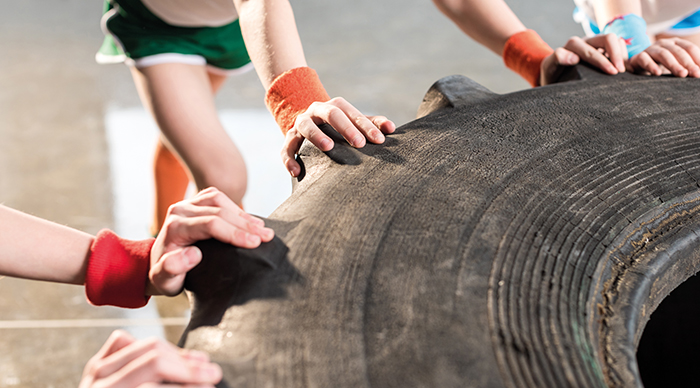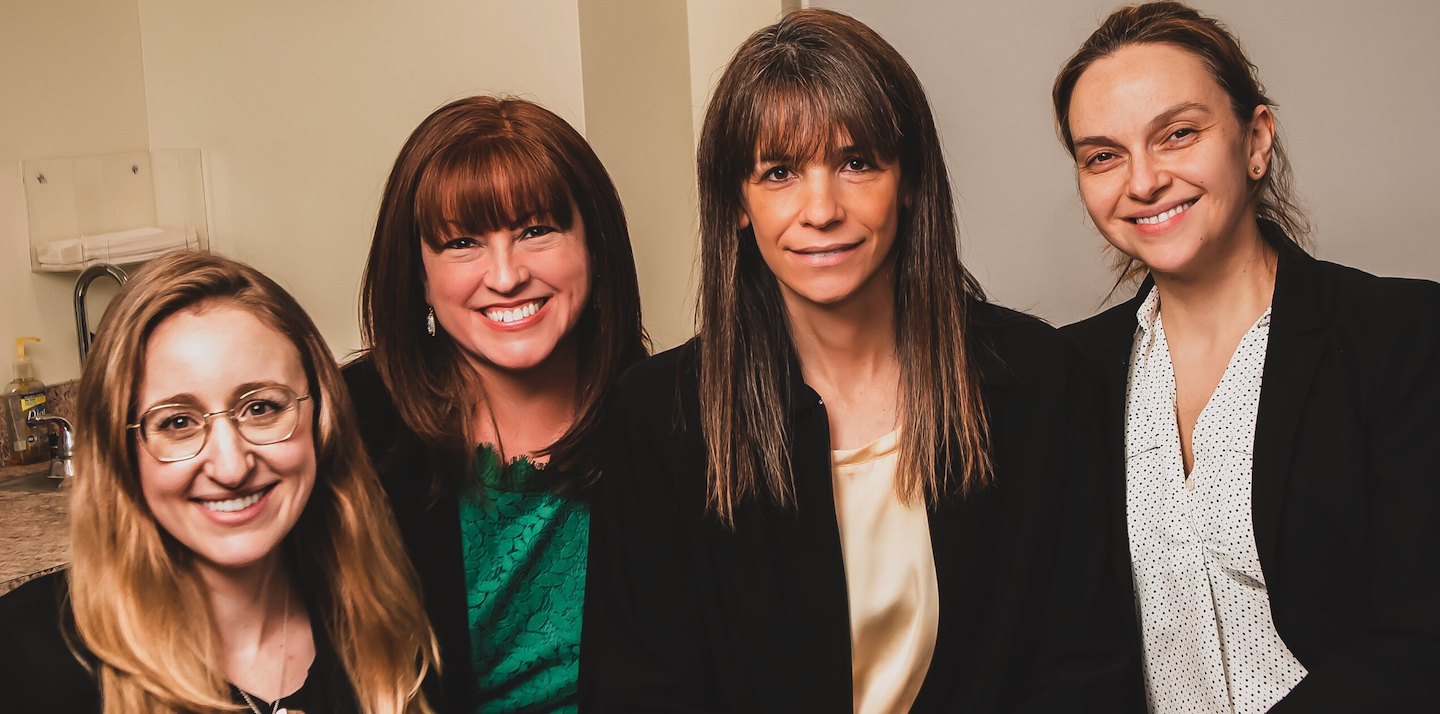I heard a pop. That’s usually the first indicator of an ACL tear. Then comes the swelling. Either way, if it happens, you’re likely going to notice it. If you’re an adult, addressing the injury typically comes with fewer complications than if the pop you heard wasn’t your knee, but your child’s. And these days, it’s more likely that the latter scenario could be the case.
What used to be a rarity – treating ACL (anterior cruciate ligament) injuries in children and adolescents – is now a regular occurrence. But treatments for the injury – which used to be a game-ender for young athletes – have changed as well, with new techniques bringing kids off the sidelines and back into the game.
At The Pediatric Orthopedic Center, which serves North Jersey from offices in Cedar Knolls, Springfield, Wayne and Jersey City, founding partner and senior physician Dr. Mark Rieger said that one of their pediatric ACL specialists is working on adolescent ACLs every week these days, with injuries in children as young as 5 years old.
Children present a unique situation compared with adult counterparts when it comes to treating ACL injuries because of their growth plates. “You have two very large major growth plates – one in the lower end of the femur, and the one in the upper end of the tibia; so the femur and tibia make up the knee – and adults, since they don’t have growth plates are very easy to make tunnels and things like that,” Reiger said. Because children are still growing, damaging the growth plate could create other problems.
“In the old days,” said Rieger, who’s practiced for more than 30 years, “we used to try to immobilize the child with braces and try to protect the knee until they were old enough that you would attempt to do surgery when the growth plates were almost closed.”
These days, he said, “we have to customize plans. One plan doesn’t fit all.”
A brand-new game
Rieger highlighted four techniques The Pediatric Orthopedic Center uses to treat ACL injuries in children.
To avoid the growth plate altogether in younger patients, he said the iliotibial band – a tendon in the leg – can be used for reconstruction; if the patient is a little older, the quadriceps can be used.
Another option protects growth plates by using bioabsorbable implants – as opposed to metal devices – that eventually are replaced in the body with the child’s own tissue.
Then there’s the BEAR (bridge-enhanced anterior cruciate ligament repair) technique. The process entails “taking a bioabsorbable material that you can use as scaffolding to replace the ACL,” Reiger said, which will turn into a new, natural ligament. That “voids altogether the donor site,” helping to eliminate the risk of morbidity from using internal grafts from a growing child’s body.
Rieger said children generally can start returning to some kind of activity after between six and nine months. Conservatively, they’re typically back to full activity in a year. If someone needs to get back to the game sooner, a brace may be used for stabilization.
“Some of these kids that normally would have been washed up … they go to college and get their scholarships and they participate in collegiate sports, which in the old days, was not really a viable option,” Reiger said. “Now when they ask ‘will I be able to return to sports,’ we say there’s a very high probability they’ll be able to return to the competitive level that you’ll be comfortable with, or your previous competitive level—there’s no guarantees ever, but in the old days we’d say, ‘sorry’.”
Though they may be feeling good as new, Reiger cautioned that after a year patients are strongly encouraged to continue a home exercise program, taking into account strengthening and proprioception, or knowing where you are in time and space.
Incidence reports
Why are more children experiencing ACL injuries? The reason may lie, in part at least, with COVID-19. During the restrictive days of the pandemic’s onset social distancing guidelines kept people isolated. With school buildings closed, children weren’t getting their physical education activity throughout the course of the day. And there was the cessation of organized sports.
According to a study published last October on JAMA Network Open, just 20.9% of the 1,000 children included met the Centers for Disease Control and Prevention’s recommended 60 minutes or more of daily activity for children 6 through 17 years old during the pandemic.
“A lot of these children were inactive for long periods of time,” Rieger said. “Now, starting to get back into activity–one of the leading causes of ACL injuries is poor strength, and poor proprioceptive skills,” he explained, so children’s bodies may have become deconditioned to participating in sports, leading to increased injuries.
But ACL issues in adolescents have been increasing for longer than just the past two years. That could be due to wider participation in sports and at earlier ages.
A report published in the March 2017 issue of the American Academy of Pediatrics’ journal Pediatrics, found an annual 2.3% increase in ACL tears over the past 20 years. According to the publication, the study was the first to show the “significant and steady” rise.
“[I]t’s a very, very frequent injury now,” according to Rieger. “And I think that’s because kids are being pushed harder in sporting activities and not necessarily getting the conditioning and preseason programming to prevent those injuries appropriately … high-demand activities require high-demand preparation for those activities.”
Over the course of his career, Rieger has seen the incidence of ACL injuries in children increase, which is why, he says, there have been so many advances to address the ailment in patients with open growth plates.
And that’s important, because getting back into the game is important not just to kids, but for kids. Beyond providing physical activity, with benefits that could follow through to adulthood, participating in sports can help children develop social and general life skills.
“It is a game-changer,” Rieger said of the advances in ACL injury treatment. “It really gives kids back their life in many, many ways, because you think about children, especially adolescents – sports makes them up, it’s a central part of their life, when you take them out of sports it’s a big deal – socially, psychologically – it’s tough. So, you’re able to get them back it’s … a tremendous, positive impact on a kid’s life.”
To contact The Pediatric Orthopedic Center, please visit their website. To view the full list of doctors available, please meet the team!
By: Jessica Perry, NJBIZ



